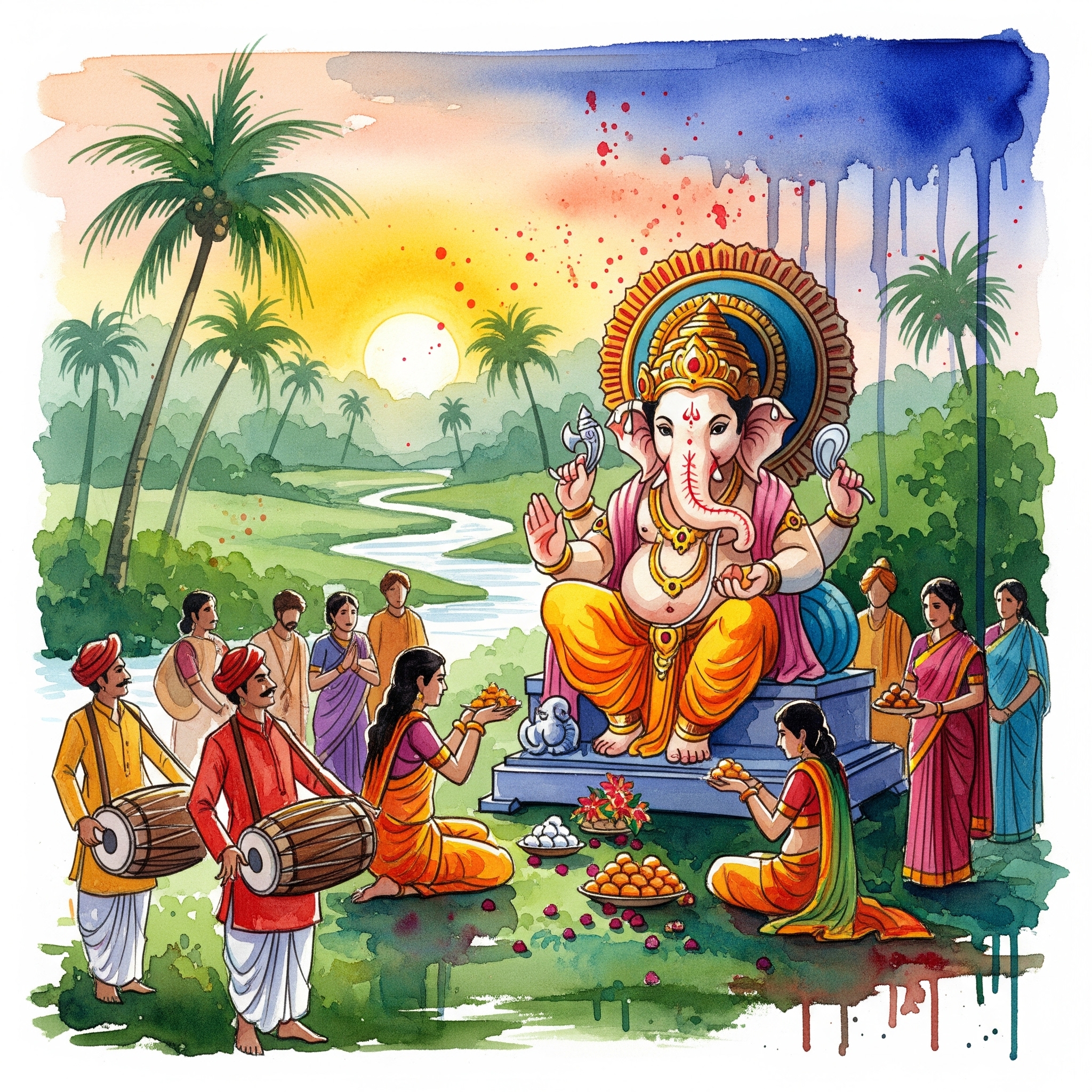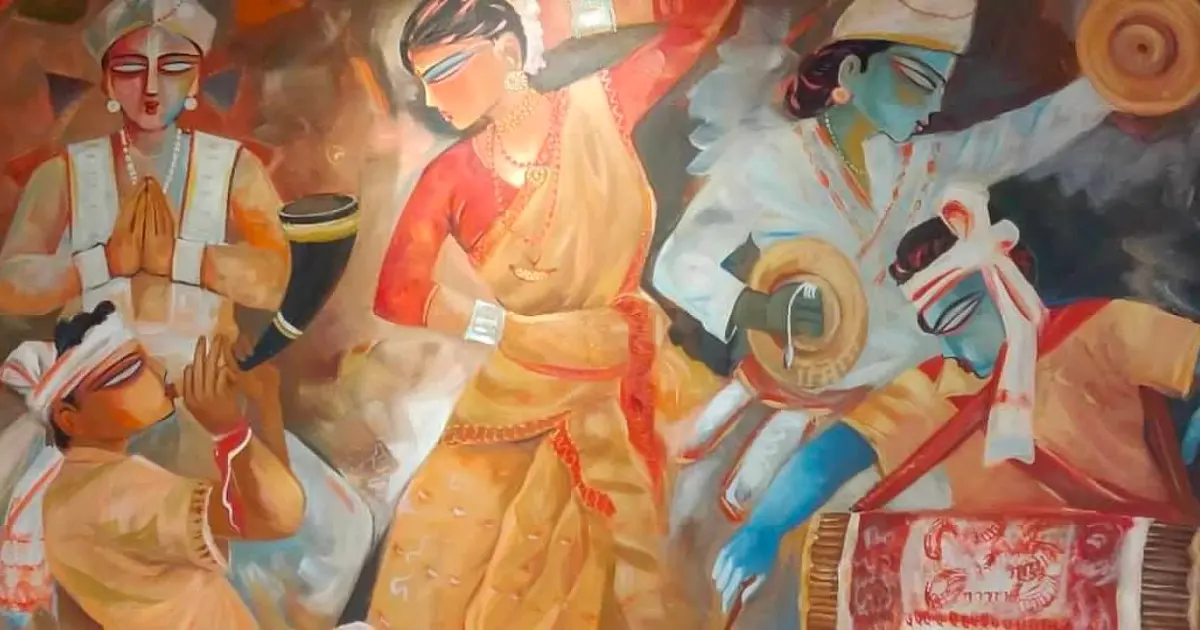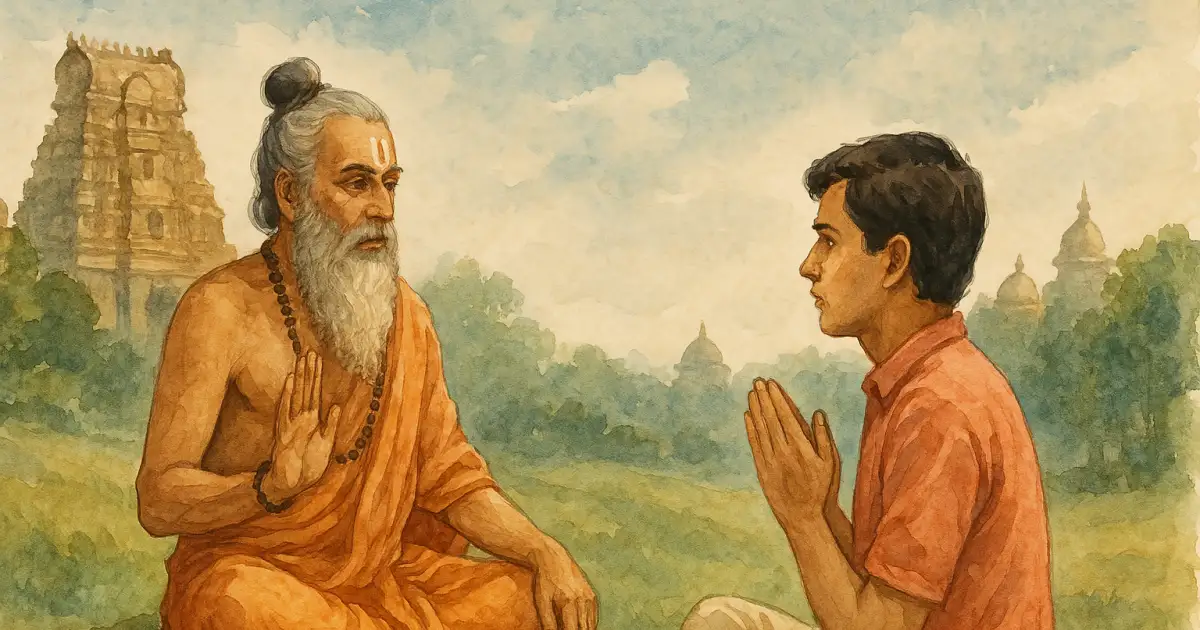Gaṇeśa Caturthī is a time of deep spiritual cleansing and beginning anew by harnessing the auspicious energies around us.
Introduction
Gaṇeśa Caturthī celebrates the birth of Śrī Gaṇeśa, the deity worshipped first and foremost, as he removes obstacles, represents wisdom, grants wishes, washes away pāpa, and ushers in prosperity as well as new beginnings.
It is normally a ten-day celebration, which begins on Gaṇeśa Caturthī (śukla pakṣa caturthī of the Bhādrapada month) with the bringing of the deity home, where he is worshipped and served for the entire duration.
After pūjā, many families/communities do the visarjana of the vigraha on the next day or the subsequent odd-numbered days, such as the third day, fifth day, or seventh day.
Traditionally, raw clay is collected from a specific place (near water bodies after the rainy season) to make the vigraha, which, as per śāstras, should not be larger than the length of a hand.
This festival culminates on the eleventh day, which is Ananta Caturdaśī (śukla pakṣa caturdaśī of the Bhādrapada month). The grand immersion/ visarjana of the Gaṇeśa vigraha happens as per the rituals at the same place where the raw clay was taken from.
Scriptural References
Gaṇeśa Purāṇa - Dvitīya Khaṇḍa - Pañcama Adhyāya (Pg 117)
Śrī Gaṇeśa, after he was fitted with the elephant head, was announced by Lord Śiva that since he was born on the śukla pakṣa caturthī of the Bhādrapada month, this day is to be celebrated by all devotees, and by doing so, all wishes would be fulfilled.
Śiva Purāṇa - Chapter 16
21-22. By the worship of Gaṇeśa, the devotee shall attain his wish in this world itself. The days of special worship of Gaṇeśa are Fridays, the fourth day of the bright half of the lunar months of Śrāvaṇa (Śrāvaṇa Vināyaka Caturthī) and Bhādrapada (Gaṇeśa Caturthī), and the Śatabhiṣak star of the month of Dhanus. He shall be worshipped duly on these days.
- As a result of faith in the deity and the fire, the worship yields sons or the different wishes to the devotees. It quells all pāpa and the various hardships.
Agni Purāṇa - Chapter 179 - Vows observed on the fourth lunar day
(Agni deva) Fire-god said:
- One who performs the vow on the fourth lunar day in the month of Bhādrapada (September-October) would reach (Lord) Śiva. One would get (all desired things) by worshipping the lord of attendants on the fourth lunar day.
Tithī:
It is believed that Śrī Gaṇeśa was born during madhyāhna kāla (mid-day). Therefore, one should install the vigraha during this auspicious tithī along with performing the ṣoḍaśopacāra (16 rituals/steps) Gaṇapati pūjā.
Three ṣoḍaśopacāra pūjās must be performed every day from the day of pratiṣṭhāpana till visarjana (morning, mid-day, and evening).
If sixteen rituals are not possible, then pañca-upcāra (5-step) pūjā can be performed, consisting of offerings of gandha, dhūpa, dīyā, flowers, and naivedya.
If this too is not possible, then at least one upcāra pūjā, offering only prayers to Śrī Gaṇeśa with strong faith and a pure heart, has to be performed.
However, three times of worship (morning, noon, and evening) is a must.
Gaṇeśa Caturthī Dishes
Modaka, til and jaggery laḍḍu, besan laḍḍu and motīcūra laḍḍu (both made with gram/chickpea flour) are among the common sweet dishes prepared to offer as naivedya.
Ṣoḍaśopacāra Pūjā
Rituals are prescribed in detail in the following texts: Dharma Sindhu and Brahma Karma Samuccaya.
As per the rituals and mantras mentioned in the texts above:
Āvāhana (invocation) and pratiṣṭhāpana (installation) are to be done for all newly bought vigrahas of Lord Gaṇeśa, either made of clay or made of metal.
Then, the dīpa-prajvalana (lamp lighting) and saṅkalpa (resolve) are performed before the pūjā begins. After offering the āsana (seat) to Śrī Gaṇeśa, his feet are washed with water, and then scented water is offered as arghya, followed by the ācamana (sipping of water).
Snāna (bathing) of Śrī Gaṇeśa is then performed with pañcāmṛta (a mixture of milk, curd, honey, ghee, and sugar). Then, after pañcāmṛta snāna, a scented oil bath is given, followed by Gaṅgājala snāna.
After that, we offer moli (sacred red thread) to Śrī Gaṇeśa, followed by clothes for his upper body, the yajñopavīta, and we apply a scent to his clothes. We then offer akṣata (unbroken rice) to Śrī Gaṇeśa, followed by a flower garland, śamī leaves, and dūrvā grass.
Vermilion is then applied to Śrī Gaṇeśa’s forehead as a tilak, and the dhūpa (incense) is burned. Naivedya is to be offered next, and after that, we offer sandalwood mixed with water along with tāmbūla (paan with betel nuts) to Śrī Gaṇeśa.
A coconut is then offered to Śrī Gaṇeśa with dakṣinā (gift). The Śrī Gaṇeśa āratī is then performed along with a puṣpāñjali (handful of flowers) offering.
Lastly, we perform a symbolic pradakṣiṇa (circumambulation in the clockwise direction of Śrī Gaṇeśa) with flowers in our hands, which are offered to Śrī Gaṇeśa.
The Śrī Gaṇeśa pūjā is concluded with the visarjana.
Practice of not viewing the moon on Gaṇeśa Caturthī:
Śrī Gaṇeśa cursed the Moon god (Candra deva) because he once made fun of the form of Gaṇeśa (which is elephant-headed). The story is mentioned in the Khaṇḍa 4 and Chapter 6 of the Mudgala Purāṇa.
References
Ganesha purāna
https://archive.org/details/GaneshPuran/page/n111/mode/2up?view=theater
Shiva purāna
https://www.wisdomlib.org/hinduism/book/shiva-purana-english/d/doc225561.html
Agni purāna
https://www.wisdomlib.org/hinduism/book/the-agni-purana/d/doc1083408.html
Ganesha Visarjana tithi
https://www.drikpanchang.com/festivals/ganesh-visarjan/ganesh-visarjan-date-time.html
Mudgala Purāṇa
https://hinduism.stackexchange.com/questions/478/why-did-lord-ganesha-curse-the-moon
Interview with Dr. Rajeshwar V. Deshmukh, faculty of Nyāya śāstra in Vedanta University at Shri Datta Devasthana at Ahmednagar.





